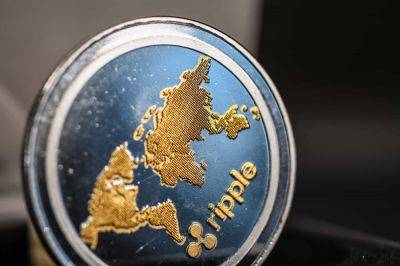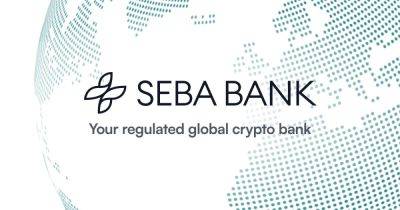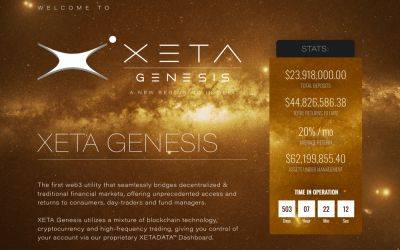From payments to DeFi: A closer look at the evolving stablecoin ecosystem
The rise of digital currencies, exemplified by Bitcoin (BTC), brought a groundbreaking shift in the financial landscape.
However, it also brought to light a critical challenge: price volatility. Bitcoin and many other early cryptocurrencies exhibited extreme price fluctuations, making them difficult to use for everyday transactions or as a reliable store of value.
Users recognized the need for stability when dealing with digital assets, particularly when conducting business or holding assets for an extended period. This need for stability in the digital currency realm paved the way for the development of stablecoins.
As a result, stablecoins emerged to address the need for a reliable and consistent value in the digital currency space, employing various strategies such as asset pegging to fiat currencies or commodities and algorithmic mechanisms to achieve stability.
Stablecoins come in two primary categories, the first being collateralized stablecoins, like Tether (USDT), which are backed by real-world assets like fiat currencies or commodities, with each token linked to a specific asset to maintain stability.
The second type is algorithmic stablecoins, such as Dai (DAI) from MakerDAO, which don’t rely on physical collateral but instead use smart contracts and algorithms to manage supply and demand, striving to keep their price stable through decentralized governance and automated processes.
These stablecoins have since become integral components of the cryptocurrency ecosystem, enabling secure and stable digital transactions and opening up new possibilities for financial innovation. Here’s a closer look at some of the top stablecoins, how they came to be, and where they are now.
USDT launched in 2014 as a cryptocurrency
Read more on cointelegraph.com






















